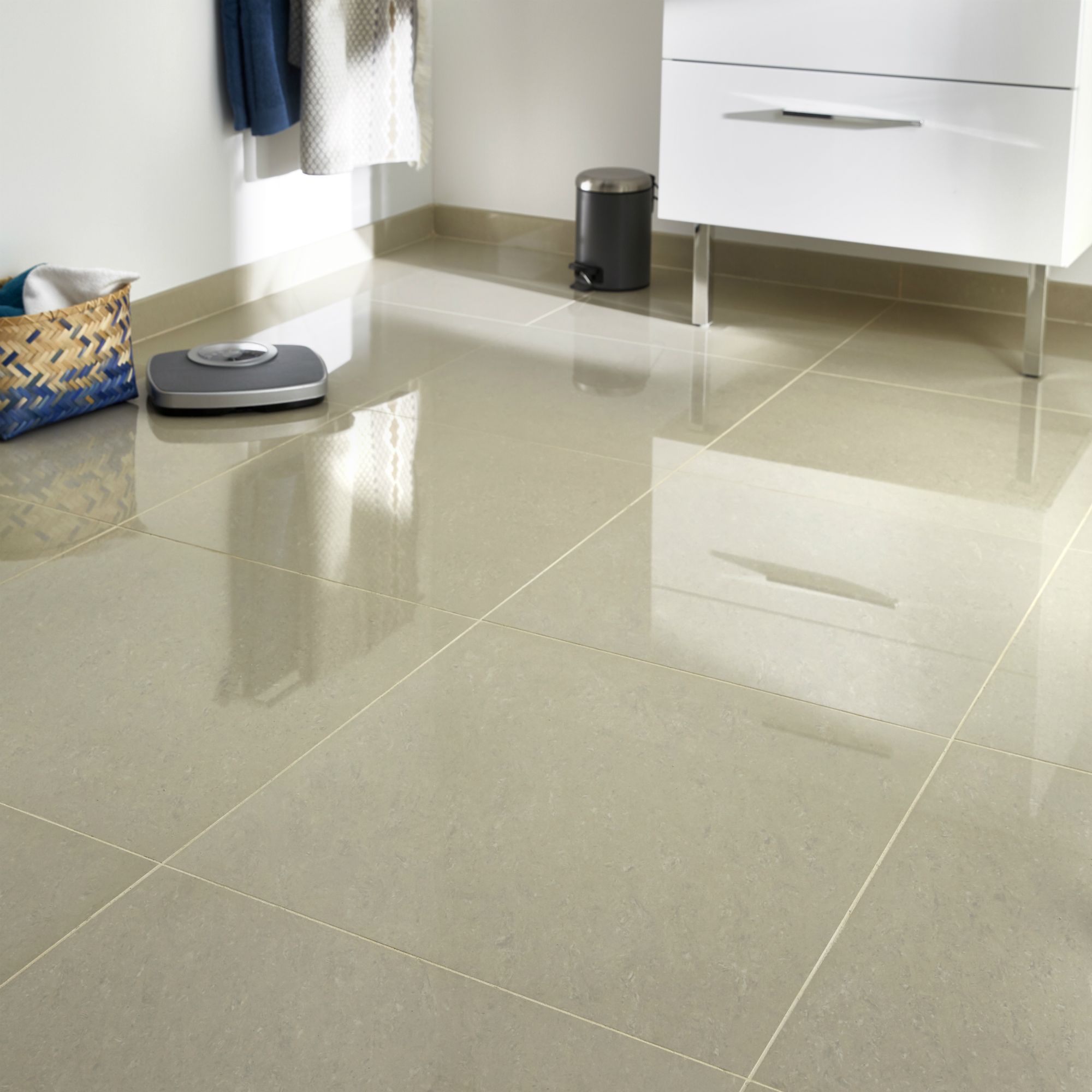Choosing the Right High Gloss Flooring Material: High Gloss Bathroom Flooring

High gloss bathroom flooring is a popular choice for those who want a sleek and modern look. It can make a bathroom feel more spacious and sophisticated. But with so many different materials to choose from, it can be tough to know which one is right for you.
Here’s a breakdown of the most common high gloss flooring materials, their properties, and how to choose the best one for your bathroom.
Porcelain Tile
Porcelain tile is a durable and versatile material that is often used for bathroom flooring. It is made from clay that is fired at a high temperature, which makes it extremely hard and resistant to scratches and stains. Porcelain tile is also water-resistant, making it an ideal choice for bathrooms.
- Durability: Porcelain tile is one of the most durable flooring materials available. It can withstand heavy foot traffic and is resistant to scratches and stains. This makes it a good choice for high-traffic areas like bathrooms.
- Water Resistance: Porcelain tile is completely waterproof, making it an excellent choice for bathrooms. It will not be affected by spills or moisture.
- Maintenance: Porcelain tile is relatively easy to maintain. Simply sweep or vacuum the floor regularly and mop with a mild cleaner.
- Cost: Porcelain tile is generally more expensive than ceramic tile, but it is still a relatively affordable flooring option.
Ceramic Tile
Ceramic tile is another popular choice for bathroom flooring. It is made from clay that is fired at a lower temperature than porcelain tile, making it less durable. However, ceramic tile is still a good choice for bathrooms, especially if you are on a budget.
- Durability: Ceramic tile is less durable than porcelain tile. It is more susceptible to scratches and stains.
- Water Resistance: Ceramic tile is water-resistant, but it is not as waterproof as porcelain tile.
- Maintenance: Ceramic tile is easy to maintain. Simply sweep or vacuum the floor regularly and mop with a mild cleaner.
- Cost: Ceramic tile is generally less expensive than porcelain tile.
Polished Concrete
Polished concrete is a unique and stylish flooring option that can be used in bathrooms. It is created by grinding and polishing concrete to create a smooth, shiny surface. Polished concrete is very durable and water-resistant, making it a good choice for high-traffic areas.
- Durability: Polished concrete is extremely durable. It is resistant to scratches, stains, and impact damage.
- Water Resistance: Polished concrete is waterproof and will not be affected by spills or moisture.
- Maintenance: Polished concrete is relatively easy to maintain. Simply sweep or vacuum the floor regularly and mop with a mild cleaner.
- Cost: Polished concrete is a more expensive flooring option than tile.
Installing and Maintaining High Gloss Bathroom Flooring
Installing and maintaining high gloss bathroom flooring is a journey that requires both initial effort and consistent care. From preparation to the final polish, every step contributes to the stunning look and longevity of your bathroom.
Installing High Gloss Bathroom Flooring
Installing high gloss bathroom flooring involves careful preparation, precise laying of tiles, and meticulous grouting. It’s a process that demands patience and attention to detail.
- Preparation: Before you begin, ensure your subfloor is level and free of any imperfections. This foundation is crucial for the longevity and aesthetic appeal of your flooring. A level subfloor prevents unevenness and cracking in the tiles.
- Laying the Tiles: Laying the tiles is an art form, demanding precision and careful planning. Using a thin-set mortar, place each tile firmly, ensuring even spacing and alignment.
- Grouting: Grouting is the final step in the installation process. This involves filling the spaces between the tiles with a grout mixture. Choose a grout color that complements your tiles and use a grout float to apply it evenly.
Maintaining High Gloss Bathroom Flooring
Maintaining the shine and luster of high gloss bathroom flooring requires regular cleaning and sealing. It’s a process that ensures your flooring remains a source of pride.
- Regular Cleaning: Regular cleaning is the cornerstone of maintaining your high gloss bathroom flooring. Use a mild, pH-neutral cleaner specifically designed for polished surfaces. Avoid harsh chemicals and abrasive cleaners, as they can dull the shine and damage the finish.
- Sealing: Sealing your high gloss flooring protects it from scratches, stains, and moisture damage. Apply a sealant specifically designed for polished surfaces, following the manufacturer’s instructions carefully.
Potential Problems and Solutions
Potential problems with high gloss bathroom flooring can arise, but with timely solutions, you can keep your flooring looking its best.
- Cracked or Chipped Tiles: Cracked or chipped tiles can occur due to impact or heavy objects. Repair them by removing the damaged tile and replacing it with a new one. Ensure you use the same type of tile for a seamless look.
- Grout Stains: Grout stains can occur over time due to spills or dirt. Clean them using a grout cleaner specifically designed for high gloss flooring. Avoid using harsh chemicals that can damage the surface.
- Moisture Damage: Moisture damage can occur if water seeps beneath the tiles. To prevent this, ensure proper ventilation in your bathroom. If moisture damage does occur, it may require professional intervention to address the underlying cause and repair the flooring.

